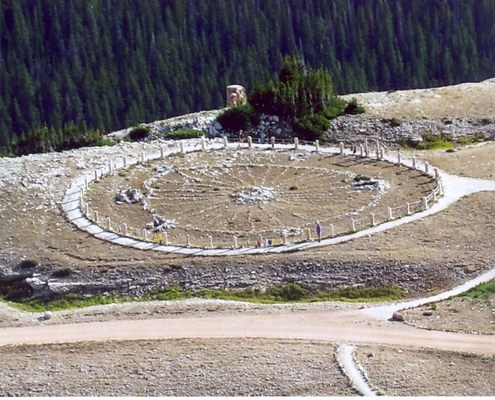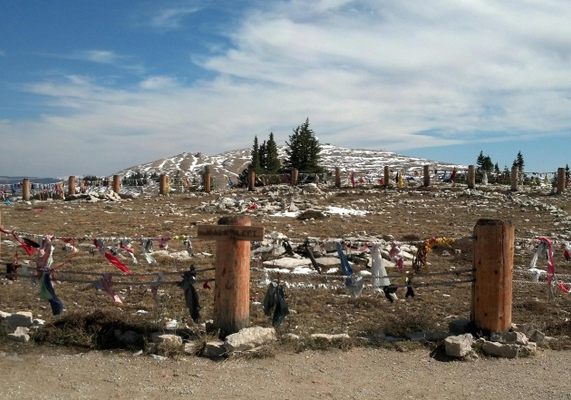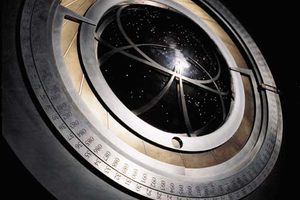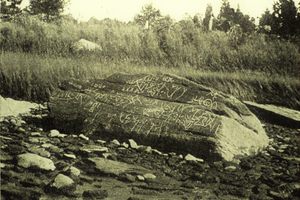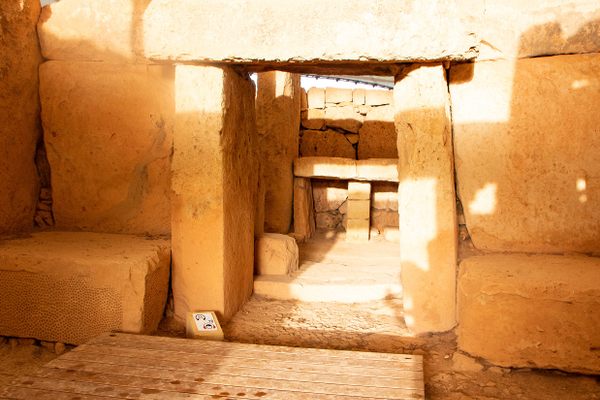About
A mysterious pattern of stones sits at the summit of Medicine Mountain, nearly 10,000 feet above the Bighorn Range in Wyoming. Covered by heavy snows for most of the year, the stone configuration reveals itself and its purpose only in the summer months.
The stones are arranged in the shape of a wheel, 80 feet across and with 28 spokes emanating from a central cairn. The cairn, a ring-shaped pile of rocks, is large enough to sit in and is surrounded by six others that lie along the wheel’s circumference. Oddly enough, this configuration is not unique to Wyoming. Rather, hundreds of similar stone wheels exist throughout North America.
Known as medicine wheels, or sacred hoops, these special structures have been built by Native Americans for centuries. With uses ranging from the ritual to the astronomical, the medicine wheel has been appropriated over time by New Age spiritualists, Wiccans, and Pagans.
Of the various medicine wheels throughout the continent, Bighorn is one of the most well studied and preserved. As a result of the work of one archaeoastronomer, Jack Eddy, it was discovered that the arrangement of the cairns and spokes hold special celestial significance. Eddy suggests that when the wheel was built by Plains tribes between 300 and 800 years ago, it served to predict the positions of the Sun and other bright stars in the sky around the summer solstice.
When sitting in one cairn and looking towards another, the observer’s vision is drawn to a specific point on the horizon. Eddy found that two points determined by different cairn alignments corresponded to the places in the sky where the sun rose and set on the summer solstice, the longest day of the year. Furthermore, other lines of sight created by the cairn combinations marked the heliacal risings of the bright stars Aldebaran, Rigel, and Sirius.
A heliacal rising is an important event because it pinpoints an exact calendar date. This event occurs when a star first reappears at dawn, after it has been washed out by the Sun’s light for an entire season. At Bighorn, for instance, Aldebaran’s heliacal rising occurs just a few days before the solstice. Rigel then rises at dawn 28 days (or one lunar month) after Aldebaran and Sirius rises another 28 days after Rigel.
It is known that the number 28 is sacred among some tribes, because of its association with the lunar cycle. There are 28 spokes in a medicine wheel, as well as in the roofs of some ceremonial buildings. Whether or not the builders of the wheel at Bighorn were aware of the 28-day intervals between the heliacal risings mentioned above is not certain. This possibility, however, remains very likely.
Today, the Bighorn Medicine Wheel is still an accurate predictor for the summer solstice and is used by various Indigenous groups. Additionally, the site is a registered National Historic Landmark and is monitored by an archaeologist throughout the summer. Other important medicine wheels include one at Moose Mountain in Saskatchewan and one in Majorville, Alberta that is believed to be 5000 years old, making it coeval with the pyramids in Egypt.
Related Tags
Know Before You Go
Take US 14A and turn off onto a marked gravel road (Forest Road 12) that is located about 32.6 miles east of Lovell, Wyoming. Highway 14A is closed from October through May. The road that leads up to the Medicine Wheel itself, from the interepretive site, does not permit motorized vehicles, except for handicap accessibility. You will have to walk the last 1.5 miles, so bring water. Forest Road 12 is often closed due to snow until mid-late June. A fence surrounds the Wheel and Native Americans have placed prayer cloths along with other sacred symbolic items on the fence. It is expected that visiting tourists respect these items and not disturb them.
Published
June 27, 2012
